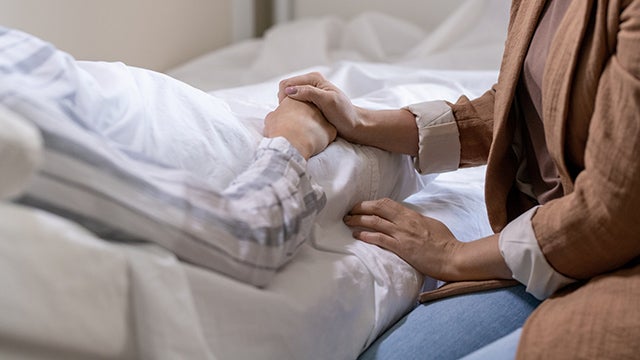This year has presented extraordinary challenges and possibilities, from a pandemic to a mass movement against anti-Black racism and police violence. In order to move forward, each of us must have the skills to build solidarity and community with others without dismissing our important differences.
The city of Seattle provides a unique opportunity to examine how these ideas are playing out in the current moment. Seattle is the largest city in Washington state, the first epicenter of Covid-19 in the U.S. Additionally, Seattle has witnessed some of the most high-profile Black Lives Matter protests in the country—in particular, the establishment of the Capitol Hill Organized Protest (CHOP).
Although Seattle is one of the least-religious cities in the country, located in the sixth-least-religious state, many faith leaders in Seattle have been operating at the frontlines of the pandemic and protests, providing support to those in need. At the same time, there have been instances of religious gatherings in the Seattle area violating Covid-19 restrictions, and some religious leaders have spoken against the Black Lives Matter movement.
Given these tensions, how can people of all faiths and none in Seattle collaborate on our most pressing challenges—from Covid-19 to racial justice? And can these lessons be applied to other cities and regions across America?
As part of a larger, invitation-only program on religious literacy, the Aspen Institute’s Inclusive America Project in partnership with the University of Washington’s Comparative Religion Program will host a moderated webinar open to the public, featuring faith and community leaders from the Seattle area. Our panelists will share about how they engage each other and Pacific Northwest communities on our common challenges.
This panel was moderated by Dr. James Wellman, Professor and Chair of the Comparative Religion Program at the University of Washington, and included participation from:
- Nikhil Mandalaparthy (Inclusive America Project)
- Rabbi Rachel Nussbaum (Kavana Cooperative)
- Andre Taylor (Not This Time)
- Rev. Angela Ying (Bethany United Church of Christ)

